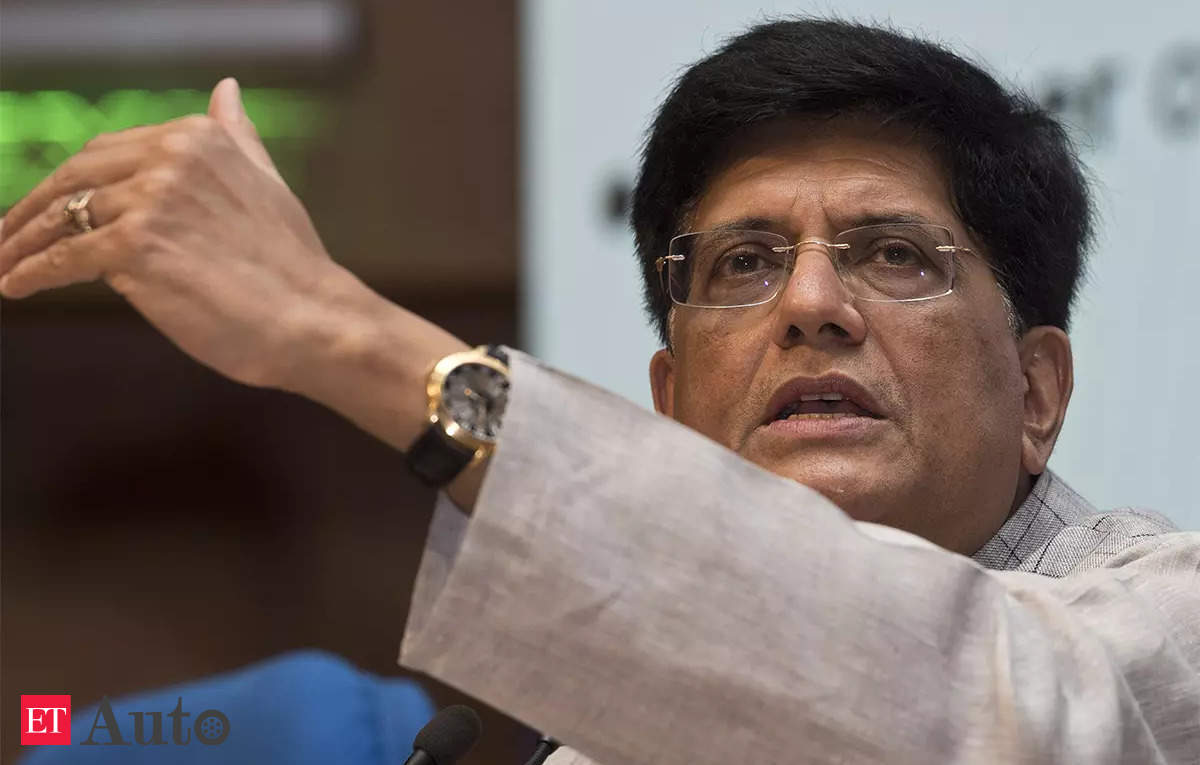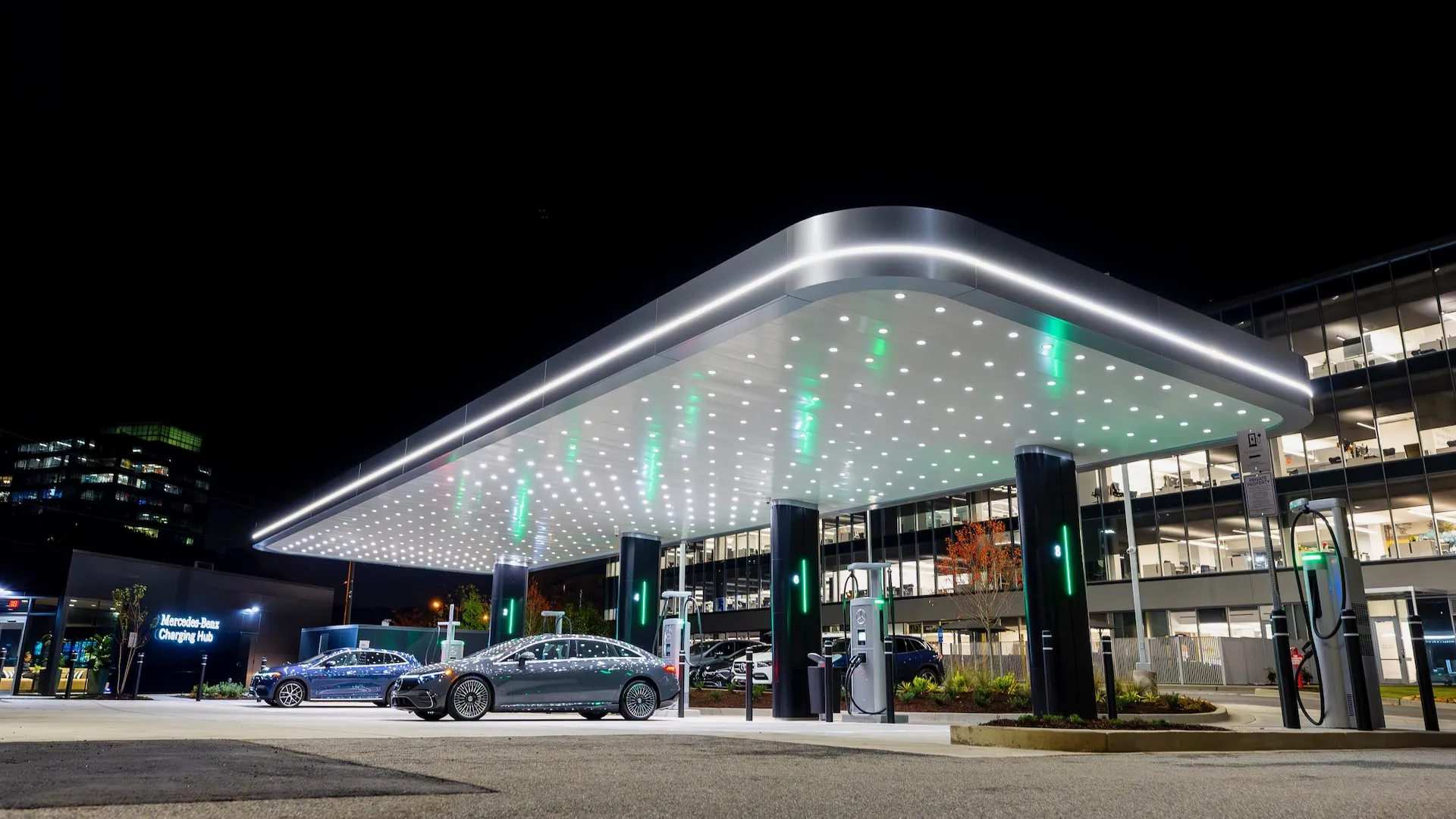For a couple of days, I’ve seen a message on my car’s screen. It says there’s a problem with the safety restraint system.
If you’re curious, the front passenger safety restraint system happens when the seat wires aren’t in the right place. Sometimes, it can also occur if some parts like the seatbelt sensor wire, the OCS filter module, or the front passenger seat are broken.
No worries if you don’t know the solutions! Here, I’ll share the possible reasons for this issue and provide the solutions in detail. Let’s Go!
3 Reasons for Tesla Front Passenger Safety Restraint System Fault!
Due to several reasons, your car’s screen can show the front passenger safety restraint system fault message. Let me share some of them below:

Reason #1: Misaligned or Broken Seat Wires
When you adjust the passenger seat in a harsh manner or on a daily basis, it can break the inner seat wires or disconnect them. In that case, the screen shows Tesla front left safety restraint system fault. To fix it, solder the seat wires or connect them.
Reason #2: Bad Occupant Classification System (OCS) Filter Module
Most of the time, if the OCS filter module in a Tesla car stops working, you’ll see the safety restraint system fault Tesla error alert on the screen. This occurs as the seat wires interfere which mess up the OCS signals. You can easily fix it by changing the OCS filter module.
Reason #3: Damaged Passenger Seat
Sometimes, if there’s something wrong with the passenger seat, your car’s system may not detect the module and sensor. If that happens, you might see an error message about the safety restraint system fault. To fix this, you just need to replace the passenger seat.
Be sure to reset the car using the 2 scroll buttons for 10 seconds and then update the software before trying the solutions.
How to Fix Front Passenger Safety Restraint System Fault?
After you know the possible reasons, let me share the solutions that you can do yourself (if you have the gear) at home:
Fix #1: Realign or Change Seat Wires
You’ll need to open the front passenger door in your Tesla and then slide the seat forward and upward. After that, unscrew one bolt that holds the outboard side shield of the seat.
Now, get below to see underneath the seating area. Then, locate the yellow and orange seat sensor plug with 2 wires.

After that, Power Off the car and open the frunk to unplug the 12V and HV batteries. Once it’s done, unplug the seat sensor plug from the seat sensor.

Next, pull it out and open up the top plastic trim on the left side of the seat using a flat screwdriver. Then, you can see the inner connector wires (black and white).
If you see the wires are good in shape, then simply insert the plastic trim and reinstall it back to the seat sensor properly. However, if one or both wires are broken or damaged, then cut them halfway (only insulation) so that you can find the metal part.
Then, twist the wires and solder the broken wires into the terminal of the plug using the soldering iron kit. Afterward, put everything back in its place and insert the battery wires before turning on your car.
It takes around 30 – 60 minutes to do the project and the service center will charge around $151 – $500 or more ($50 for parts and the rest for labor, diagnosis, and tax).
Fix #2: Change the OCS Filter Module
Step 1: Detach Seat Electrical Harness
Firstly, you’ll need to take out the 2nd row lower seat cushion and shift the front passenger seat fully rearward and upward.

Then, detach the 12V power and find the OCS module under the front passenger seat to the front. Afterward, pull out the seat electrical harness (yellow hub) from the OCS module electrical connector.
Step 2: Replace the OCS Filter Module
Now, insert the seat electrical harness (yellow hub) into the OCS filter module (black) connector. Then, you’ll need to disconnect the strap that fits the lower seat upholstery to the seat frame.
Next, insert the OCS filter module into the bottom of the seat and secure it tightly with the clip. To do it easily, I suggest sliding the tab of the OCS filter module over the round white bar before you start to secure the clip.
Step 3: Reinstall All the Parts
After securing the clip, ensure the seat electrical wires are routed in the right direction. Then, fit the lower seat upholstery start to the seat frame by doing the reversal of removal.

Next, arrange the OCS filter module electrical in the right direction between the existing seat electrical wires and the seat’s bottom.
Then, insert the OCS filter module electrical wires into the OCS module connector. Lastly, reconnect the 12V power and reinstall all the removed parts.
It will take no more than 60 – 80 minutes to complete replacing the OCS filter module under the seat and cost around $400 – $600 or more in the service center.
Fix #3: Replace Front Passenger Seat
Step 1: Unplug Linkage from the Seat Belt
Start by opening the front passenger door and lowering the window. Then, shift the front passenger seat forward and rotate the lock mechanism on the front seat belt linkage using the flathead screwdriver.

For that, you’ll need to twist it anticlockwise. After that, slide the linkage off from the seat belt and leave it on the side.
Step #2: Detach Four Bolts from the Track
Next, take out the front passenger seat’s track rear covers. Then, you’ll be able to see the four 34 Nm (25.1 lbs-ft) bolts on the front and rear of the track.
To remove the bolts that hold the front passenger seat’s tracks to the floor panel, use a Torx Plus T45 socket wrench.
Step #3: Remove Front Passenger Seat
After that, shift the seat to the mid-point of the track and change the seat back’s position to the upright. Next, open the frunk and take out the rear under-hood apron or top storage panel that hides the battery compartment.
Now, Power Off the car (Controls > Safety > Power Off) and take out the 12V (low voltage) battery connector and then the HV first responder loop plug.
Next, lean the front passenger rearward to get maximum space to the underside of the seat. Afterward, take out the locking tab (red) on the connector (black) and detach 2 (right side body harness) electrical connectors from the seat controller.
Then, unclip the clip that holds the harness to the seat assembly. To take out the front passenger seat from the car, seek help from your family member or friend.
Step #4: Install Front Passenger Seat
In the meantime, bring the new seat to the same spot and reinstall all the parts by doing the reversal process of removal. You’ll need a Toolbox 3 device to redeploy the car.
It may cost around $2,500 or more to change the front passenger seat from the service center and take up to 2 – 5 hours.
Ending Notes
That’s how you can fix Tesla’s front passenger safety restraint system fault! It will take a lot of time to fix at home and require some tools too.
So, if you find the process hard to do, be sure to seek help from an expert or repair it at the service center. Hope this guide helps you!
Now, don’t miss out on this detailed guide that provides the solutions to Tesla Safety Score not showing issues. Start Reading!










